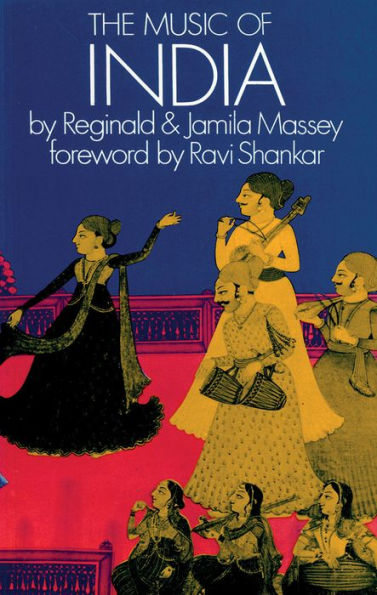Home
Music of Indonesia, Vol. 4: Music of Nias & North Sumatra
Barnes and Noble
Music of Indonesia, Vol. 4: Music of Nias & North Sumatra
Current price: $17.99


Barnes and Noble
Music of Indonesia, Vol. 4: Music of Nias & North Sumatra
Current price: $17.99
Size: OS
Loading Inventory...
*Product information may vary - to confirm product availability, pricing, shipping and return information please contact Barnes and Noble
This volume samples the music of three ethnic groups, the mostly Muslim Karo and the Christian/animist Toba, both from North Sumatra, and the Ono Niha (or Hoho) of Nias. Sumatra is the world's fourth largest island, and Nias is a much smaller island 90 miles away. This is rare music from remote places where traditional religious beliefs and rituals are still in active conflict with world religions, especially Christianity.
The Karo and Toba favor instrumental over vocal music and have large "outdoor" and smaller "indoor" ensembles. In the Karo selections, the double reed sarune warbles over light click and tok percussion, while occasional hits on hanging gongs mark unvarying cycles. One song features a pretty vocal pop melody almost like an English ballad. The Toba selections, which are considerably wilder, make up ten of the volume's 16 tracks and include music from possession rituals that Christians cannot attend. The Toba's all-male gondang ensembles include tuned percussion, drums, flute, string instruments, and clackers, as well as the sarune, which often dominates with its wailing melodies. The rhythms here can really swing at times, and the melodies are alluring and memorable, even when frenetic. The result at its best is downright exhilarating. In addition to the possession music, there are war songs, calmer narrative pieces, and music to accompany the sacrifice of a water buffalo.
In sharp contrast, the Ono Hiha of Nias perform choral music with no instruments at all. Sung poetry has a central place in life here, and the male choruses heard on this volume perform music typically sung at multi-day wakes. The chorus leader guides the singers through ritualistic songs which build march-like rhythmic force and feature unusual vocal wavers. The dance piece concluding the Nias selections is marked by strong rhythm and clashing dissonance. ~ Banning Eyre
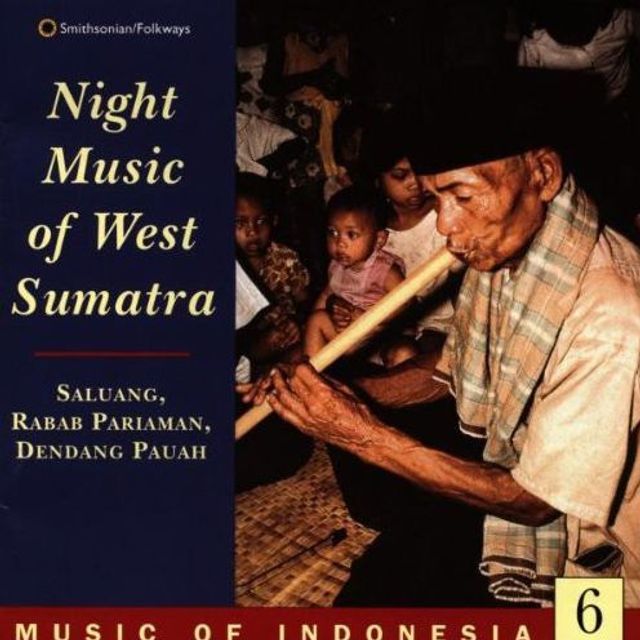
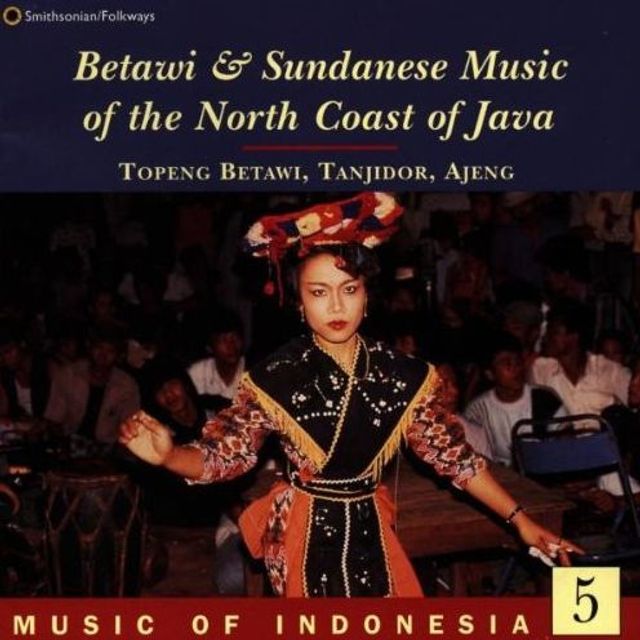
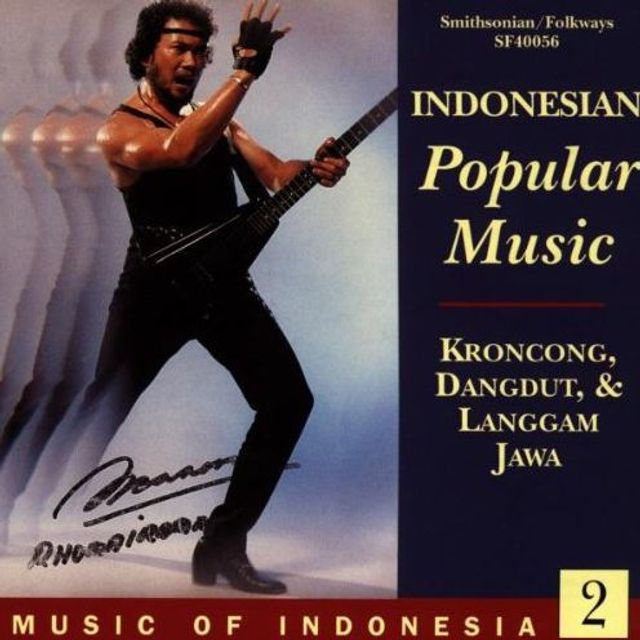
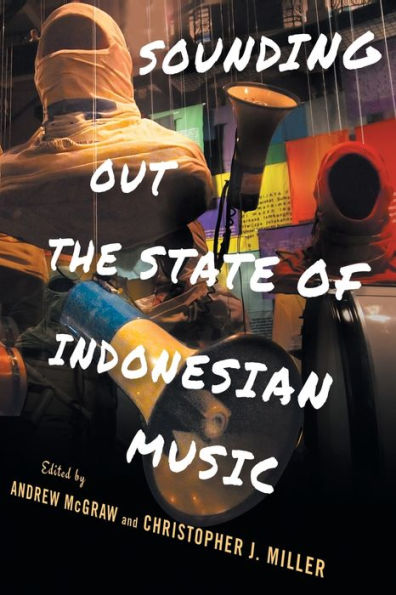
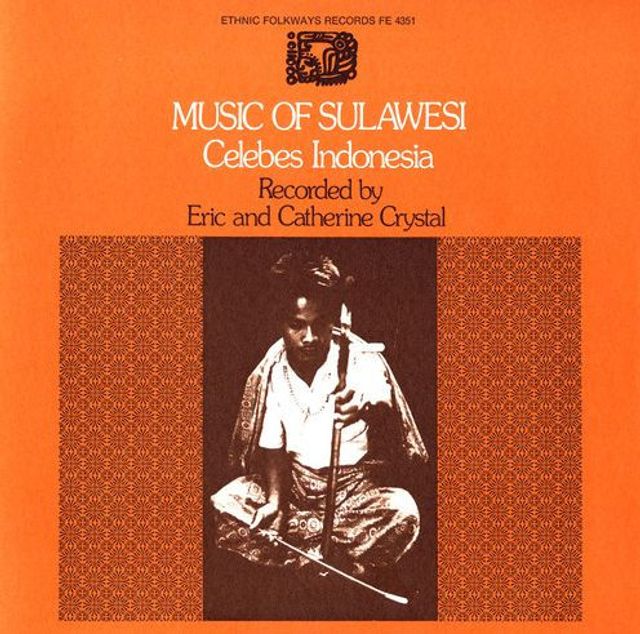

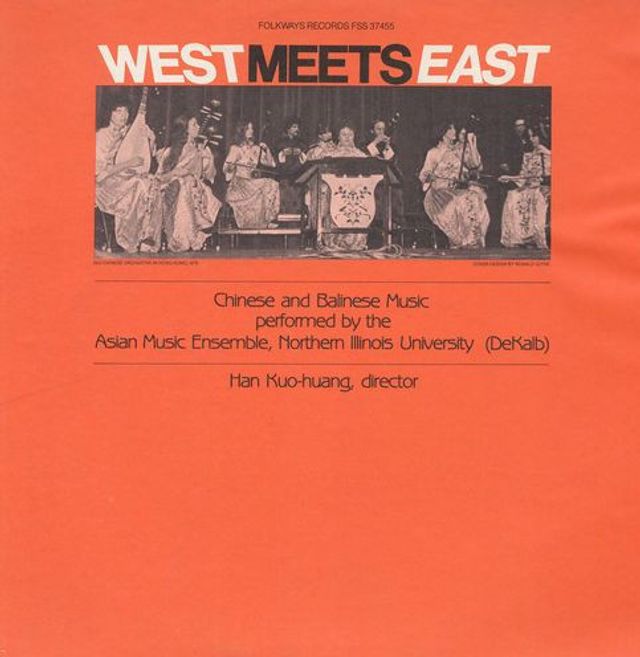


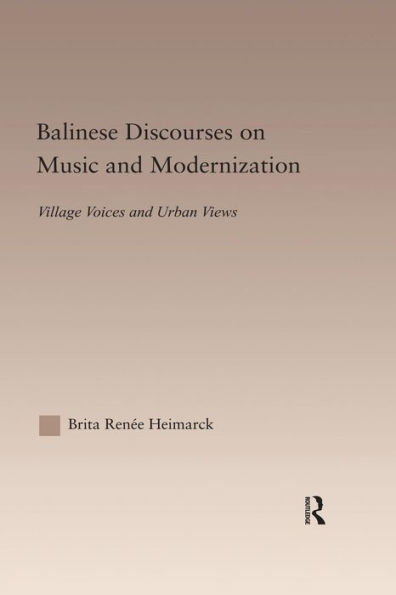
![Vol. 4 [LP]](https://cdn.mall.adeptmind.ai/https%3A%2F%2Fprodimage.images-bn.com%2Fpimages%2F0081227946609_p0_v2_s600x595.jpg_640x.jpg)
